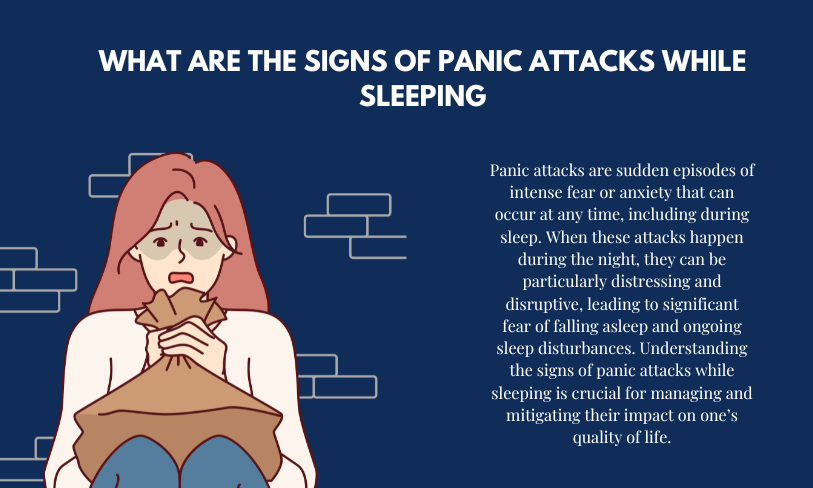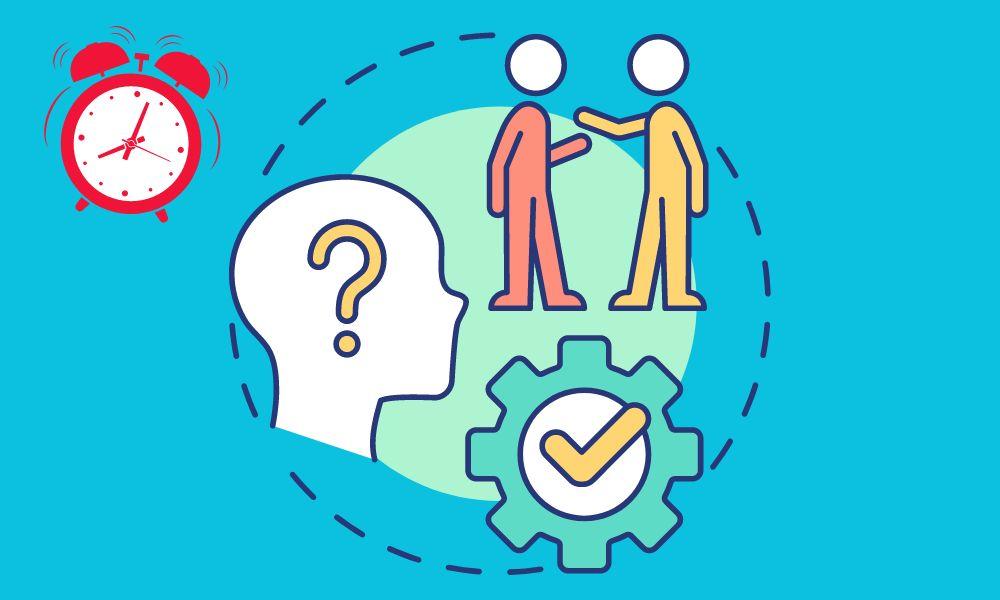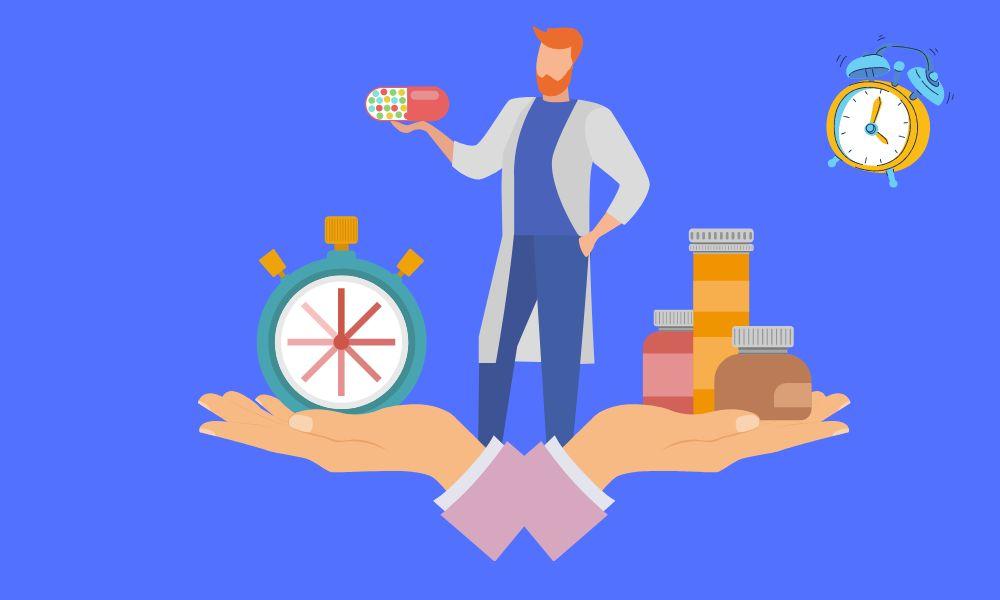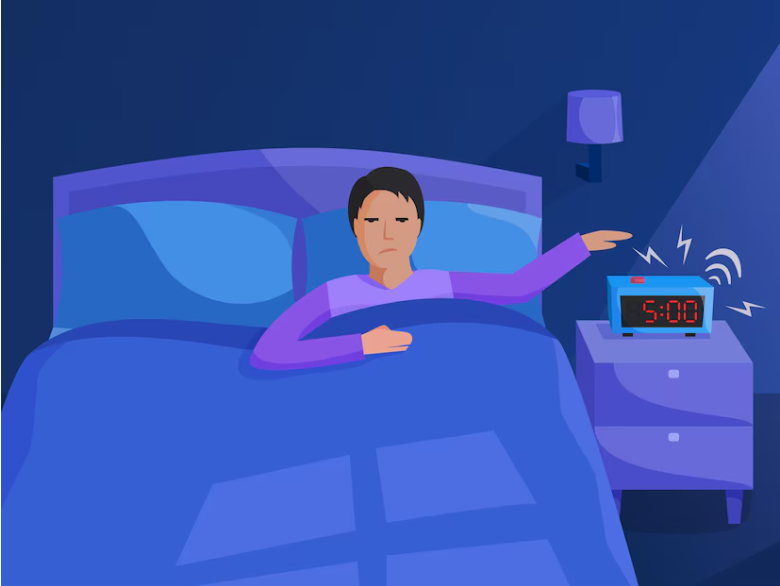
Signs of Panic Attacks While Sleeping: Panic attacks are sudden episodes of intense fear or anxiety that can occur at any time, including during sleep. When these attacks happen during the night, they can be particularly distressing and disruptive, leading to significant fear of falling asleep and ongoing sleep disturbances. Understanding the signs of panic attacks while sleeping is crucial for managing and mitigating their impact on one’s quality of life.
Contents
What Are Panic Attacks?
Panic attacks are characterized by a sudden onset of fear and discomfort, often accompanied by physical symptoms such as a racing heart, sweating, trembling, shortness of breath, chest pain, nausea, and dizziness. These attacks can be terrifying, making individuals feel as though they are losing control, having a heart attack, or even dying.
Signs of Panic Attacks While Sleeping

- Sudden Awakening: A hallmark of nocturnal panic attacks is waking up suddenly from sleep. This awakening is usually abrupt and accompanied by intense fear or a sense of impending doom. The individual may feel disoriented and confused about what is happening.
- Heart Palpitations: During a panic attack, the heart rate can increase dramatically. Individuals might feel their heart pounding or racing in their chest, which can be particularly noticeable in the quiet of the night.
- Sweating: Excessive sweating is another common symptom. People may wake up drenched in sweat, even if the room is cool. This can add to the discomfort and confusion experienced during the attack.
- Breathing Difficulties: Shortness of breath or hyperventilation often accompanies panic attacks. During a nocturnal episode, individuals might wake up feeling like they can’t catch their breath, which can exacerbate the panic.
- Chest Pain: Chest pain or discomfort is frequently reported during panic attacks. This symptom can be particularly frightening, leading individuals to worry that they are experiencing a heart attack.
- Tingling or Numbness: Some individuals experience tingling sensations or numbness, particularly in the hands and feet. This can contribute to the overall sense of terror and helplessness.
- Dizziness or Lightheadedness: Feelings of dizziness or lightheadedness are common during panic attacks. Upon waking, individuals might feel unsteady on their feet or like the room is spinning.
- Chills or Hot Flashes: Sudden changes in body temperature, such as feeling unusually hot or cold, can occur. These sensations can be accompanied by shivering or flushing.
- Nausea or Abdominal Distress: Gastrointestinal symptoms, including nausea, abdominal cramping, or a feeling of bloating, can be part of a panic attack. These symptoms can wake individuals from sleep and contribute to the overall distress.
- Fear of Losing Control: A pervasive fear of losing control or “going crazy” is common. During a nocturnal panic attack, this fear can be magnified by the disorientation of waking suddenly from sleep.
- Fear of Dying: Perhaps one of the most intense symptoms is the fear of dying. Individuals may wake up with a profound sense of dread, convinced that something terrible is about to happen.
Managing Panic Attacks While Sleeping
- Relaxation Techniques: Practicing relaxation techniques such as deep breathing, progressive muscle relaxation, or meditation can help reduce the severity of panic attacks. Engaging in these practices before bed can also promote better sleep.
- Consistent Sleep Routine: Maintaining a consistent sleep schedule can help regulate the body’s internal clock, reducing the likelihood of nocturnal panic attacks. Aim to go to bed and wake up at the same time each day.
- Limiting Stimulants: Avoiding caffeine, nicotine, and other stimulants, especially in the hours leading up to bedtime, can help reduce the risk of panic attacks.
- Creating a Calming Sleep Environment: Ensure that the sleep environment is conducive to relaxation. This includes keeping the bedroom cool, dark, and quiet, and using comfortable bedding.
- Professional Help: If nocturnal panic attacks persist, seeking help from a mental health professional is crucial. Cognitive-behavioral therapy (CBT) and medication can be effective in managing panic disorder and reducing the frequency of panic attacks.
- Mindfulness and Stress Management: Incorporating mindfulness practices and stress management techniques into daily life can help reduce overall anxiety levels, making panic attacks less likely.
Conclusion
Panic attacks while sleeping can be a distressing experience, but understanding the signs and taking proactive steps to manage them can make a significant difference. By recognizing the symptoms and implementing strategies to promote relaxation and a healthy sleep environment, individuals can reduce the frequency and severity of nocturnal panic attacks. If these attacks continue to interfere with sleep and quality of life, seeking professional support is essential. With the right approach, it is possible to manage panic attacks and achieve restful, restorative sleep.
Author Details




Medical content by qualified psychiatrists
Our editorial policy

Zopiclone precautions Read our potential abuse notice

Looking for a seller? Locate the best Zopiclone vendor






